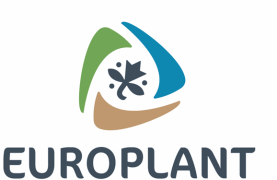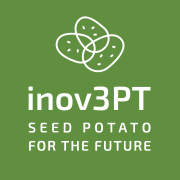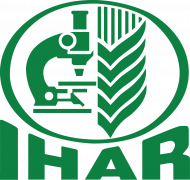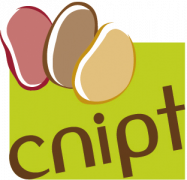Potato production faces threats from pathogens, including plant-parasitic nematodes like Meloidogyne chitwoodi Golden et al., 1980 (Tylenchida: Meloidogynidae) and Globodera rostochiensis (Wollenweber, 1923) Skarbilovich, 1959 (Tylenchida: Heteroderidae), both significant for quarantine regulations. This study identified the race and resistance status of these nematode populations from İzmir, Türkiye. Five candidate potato varieties (coded 2.8, 3.2, 9.2, 11.1, 11.2) were tested alongside resistant Palladia and susceptible Desiree. Significantly, it was determined for the first time that only M. chitwoodi race 1 and, based on the average cyst count, G. rostochiensis race 2/3 are present in İzmir province, underscoring the importance of this discovery for local potato production and quarantine measures. All candidate varieties and Desiree were susceptible to G. rostochiensis race 2/3, while Palladia was resistant. For M. chitwoodi race 1, all candidates were susceptible, although varieties 11.2 and Palladia showed lower reproduction rates. Molecular markers identified the H1 gene (conferring resistance to G. rostochiensis races Ro1 and Ro4) in varieties 2.8 and 3.2, but the Gro1-4 gene, which provides broad resistance, was absent in all varieties. Molecular marker results matched classical resistance assays, suggesting that H1-carrying varieties may resist G. rostochiensis race 1/4. This study underscores the importance of molecular markers in potato breeding to control nematodes and encourages future research with more varieties.
Full publication URL















